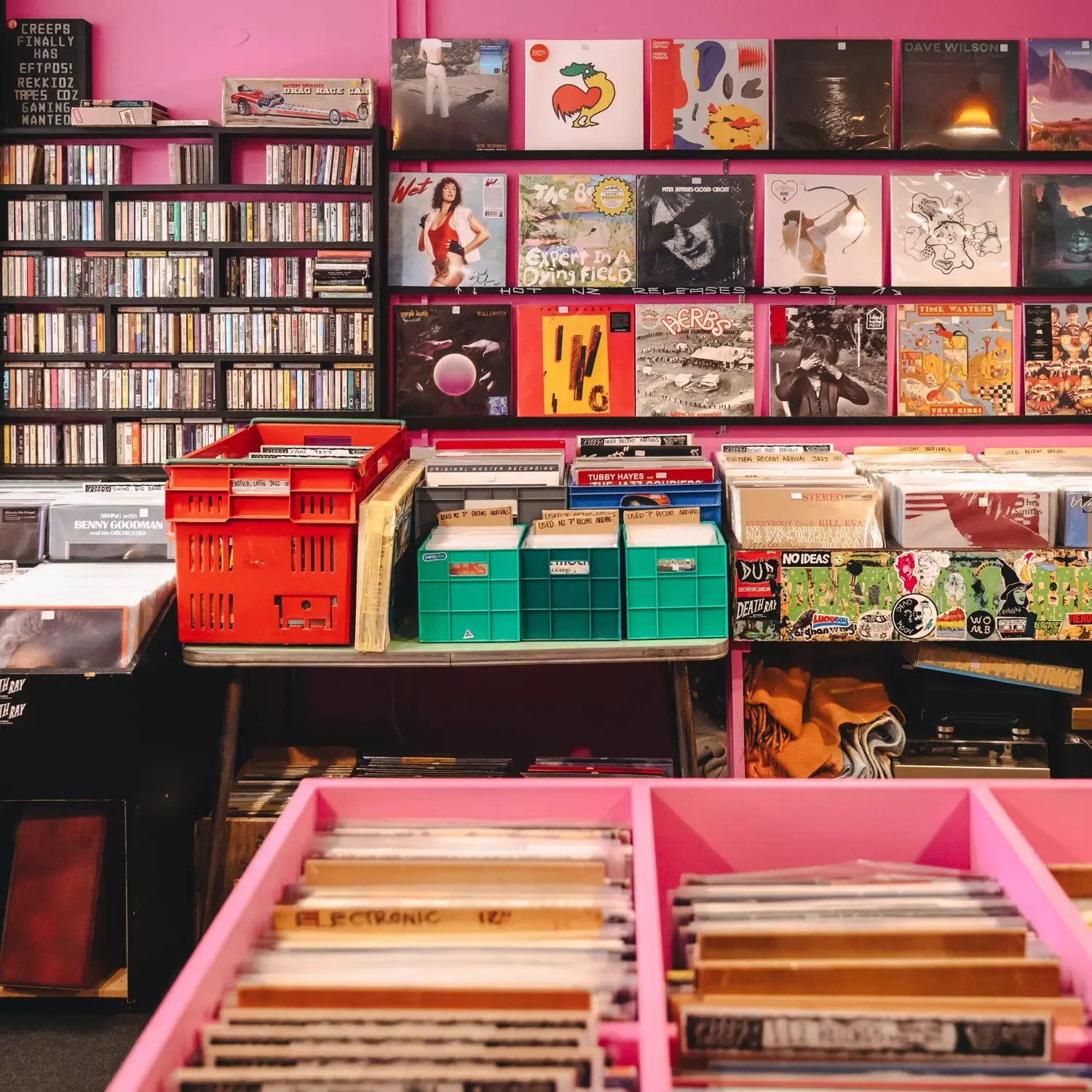Thirty years after its initial, somewhat enigmatic arrival, the collaborative project Original Soundtracks 1 by Passengers – essentially U2 operating under a pseudonym with heavy guidance from producer Brian Eno – remains a fascinating outlier in the discographies of its creators. Imagine, then, a 30th-anniversary celebration in 2025 marked not just by a standard reissue, but by a special edition pressed on innovative "eco-friendly" vinyl. Such a release would transcend mere commemoration; it represents a compelling intersection of artistic legacy, niche collector interest, the specific sonic character of the album, and the increasingly urgent conversation around sustainability within the physical media landscape. It’s a hypothetical release that could both reintroduce a challenging work and signal a potential path forward for conscientious vinyl production.
Revisiting Passengers: A Bold Detour
Understanding the significance requires recalling the project's unique context. Released in 1995, Original Soundtracks 1 saw U2 and Brian Eno deliberately step away from stadium anthems to create atmospheric, often instrumental pieces conceived as soundtracks for imaginary films. Deeply influenced by Eno's ambient theories and generative music practices, the album prioritized texture, mood, and improvisation over traditional song structures. Its most famous track, the haunting "Miss Sarajevo" featuring Luciano Pavarotti, highlighted the project's experimental and unexpected nature. Upon release, the album received a mixed reception, confusing some U2 fans while intriguing Eno enthusiasts and those drawn to its atmospheric depth. Consequently, it has often occupied a "cult favorite" or "hidden gem" status within the artists' vast outputs, making a 30th-anniversary spotlight an opportunity for critical re-evaluation and discovery by a new generation.
The Soundscape on Vinyl: Atmospheric Audio Meets Analog
The atmospheric and textural nature of Original Soundtracks 1 makes it an interesting candidate for the vinyl format. Eno's layered synths, the Edge's ambient guitar work, and the overall emphasis on space and mood could potentially interact compellingly with the analog medium. Some listeners might find that vinyl's perceived "warmth" or even its inherent surface noise floor complements the ambient character of the music, adding a layer of organic texture. Mastering such an album for vinyl in 2025 would involve careful choices – balancing the desire to preserve the subtle dynamics and atmospheric details against the need to manage vinyl's limitations. The physical format also conceptually enhances the album's premise; holding the record sleeve, perhaps featuring new artwork or liner notes exploring the "imaginary films," reinforces the feeling of possessing a tangible artifact related to these non-existent cinematic worlds (First Principle: Tangibility Enhancing Concept).

The "Eco-Friendly Vinyl" Angle: Sustainability Meets Collectibility
The most striking aspect of this hypothetical reissue is its production on "eco-friendly" vinyl. As awareness of the environmental impact of traditional PVC record production grows, the search for sustainable alternatives has intensified. In 2025, "eco-friendly vinyl" could refer to several emerging technologies and materials: records pressed using recycled PVC, formulations using less harmful or bio-based plasticizers, or entirely PVC-free options utilizing bioplastics or other innovative compounds (like those pioneered by companies such as Green Vinyl Records). Coupled with sustainable packaging (recycled/FSC-certified paper, vegetable-based inks), this positions the release at the forefront of a crucial industry trend.
This choice taps directly into growing consumer demand for sustainability. By opting for an eco-friendly format, the artists and label signal alignment with environmental values, appealing to conscious consumers within their fanbase and potentially attracting new buyers interested in responsible consumption (First Principle: Signaling Virtue/Values). It adds a layer of ethical appeal, positioning the record not just as a desirable collectible but as a "better" choice. However, critical questions remain regarding these emerging eco-formats (Reality Check). Are they truly comparable to traditional PVC in terms of sound quality, durability, and archival stability? Are the production costs significantly higher, impacting the final retail price? Is the overall environmental benefit substantial, or potentially a form of "greenwashing" if not implemented carefully across the entire supply chain? (Non-PC: Questioning Marketing Narratives).
Collector Appeal & Niche Audience
Despite the album's relatively niche status, a 30th-anniversary eco-vinyl edition would likely generate significant collector interest.

U2 diehards would be drawn to owning a special edition of a unique, often overlooked piece of the band's history. Brian Eno followers would appreciate the focus on one of his significant collaborative projects. A distinct group of environmentally conscious collectors might be specifically attracted by the sustainable format itself, seeing it as a pioneering release. The 30th-anniversary milestone combined with the novelty of the eco-friendly material creates inherent collectibility, especially if the release is marketed as limited. While perhaps not reaching the frenzied heights of a mainstream U2 album reissue on the secondary market (Discogs, eBay), its unique combination of factors would likely ensure strong interest among dedicated fan segments.
Blind Spots & Considerations
While intriguing, such a release faces considerations beyond its immediate appeal.
The album's inherent niche appeal remains a factor. Original Soundtracks 1 is a challenging, atmospheric work, quite different from U2's stadium hits. Will the anniversary and eco-friendly angle be enough to significantly broaden its audience beyond existing fans of the project?
The performance and longevity of eco-vinyl materials are still being evaluated in the real world. Any perceived compromises in sound quality or durability compared to traditional vinyl could affect its reception among discerning listeners.
The risk of "greenwashing" perception exists if the environmental benefits are overstated or if other aspects of the production and distribution remain unsustainable. Transparency about the materials and processes used would be crucial.
Cost implications are also relevant. If eco-friendly production methods are substantially more expensive, the resulting higher retail price could limit accessibility for some potential buyers.

Conclusion: Legacy Meets Responsibility on Wax
A 30th-anniversary edition of Passengers' Original Soundtracks 1 on eco-friendly vinyl represents a fascinating proposition for 2025. It offers a timely opportunity to reassess a unique and adventurous collaboration between major artists while simultaneously addressing contemporary demands for more sustainable practices in physical media production. This hypothetical release appeals not only to dedicated U2 and Eno fans seeking a tangible piece of musical history but also to a growing segment of collectors interested in format innovation and environmental responsibility. It highlights a potential pathway for the vinyl industry, attempting to balance the celebration of artistic legacy with the urgent need for ecological awareness. Whether focusing on XJ-HOME or other platforms, the conversation around responsible consumption and the future of physical media finds a compelling case study here, offering a chance to own a piece of atmospheric art that looks both backward and forward.





Leave a comment
All comments are moderated before being published.
This site is protected by hCaptcha and the hCaptcha Privacy Policy and Terms of Service apply.